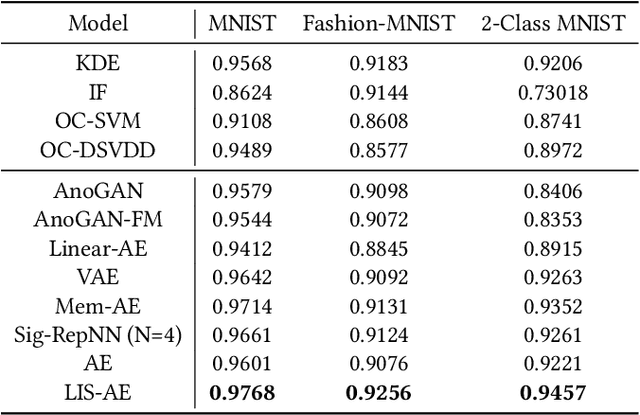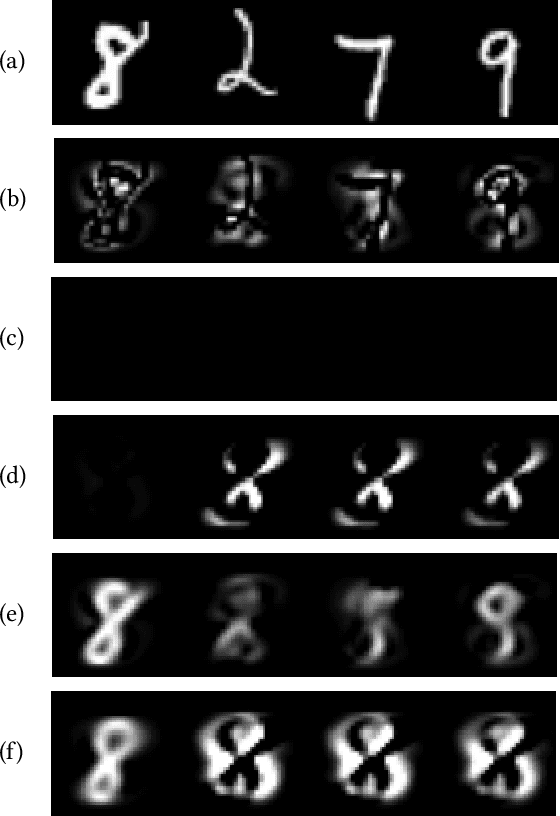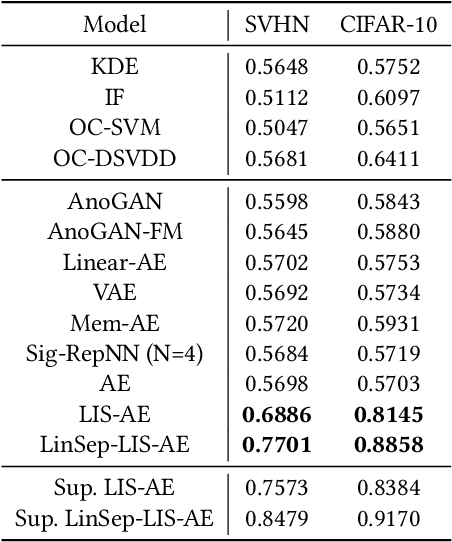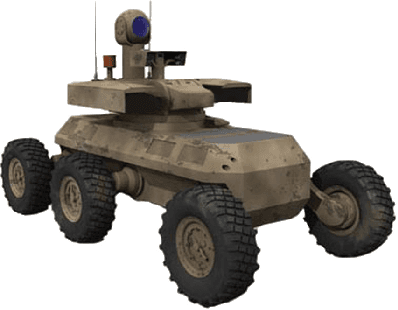Artem A. Lenskiy
Latent-Insensitive autoencoders for Anomaly Detection
Nov 14, 2021



Abstract:Reconstruction-based approaches to anomaly detection tend to fall short when applied to complex datasets with target classes that possess high inter-class variance. Similar to the idea of self-taught learning used in transfer learning, many domains are rich with similar unlabelled datasets that could be leveraged as a proxy for out-of-distribution samples. In this paper we introduce Latent-Insensitive autoencoder (LIS-AE) where unlabeled data from a similar domain is utilized as negative examples to shape the latent layer (bottleneck) of a regular autoencoder such that it is only capable of reconstructing one task. We provide theoretical justification for the proposed training process and loss functions along with an extensive ablation study highlighting important aspects of our model. We test our model in multiple anomaly detection settings presenting quantitative and qualitative analysis showcasing the significant performance improvement of our model for anomaly detection tasks.
Machine Learning for Visual Navigation of Unmanned Ground Vehicles
Apr 08, 2016
Abstract:The use of visual information for the navigation of unmanned ground vehicles in a cross-country environment recently received great attention. However, until now, the use of textural information has been somewhat less effective than color or laser range information. This manuscript reviews the recent achievements in cross-country scene segmentation and addresses their shortcomings. It then describes a problem related to classification of high dimensional texture features. Finally, it compares three machine learning algorithms aimed at resolving this problem. The experimental results for each machine learning algorithm with the discussion of comparisons are given at the end of the manuscript.
 Add to Chrome
Add to Chrome Add to Firefox
Add to Firefox Add to Edge
Add to Edge